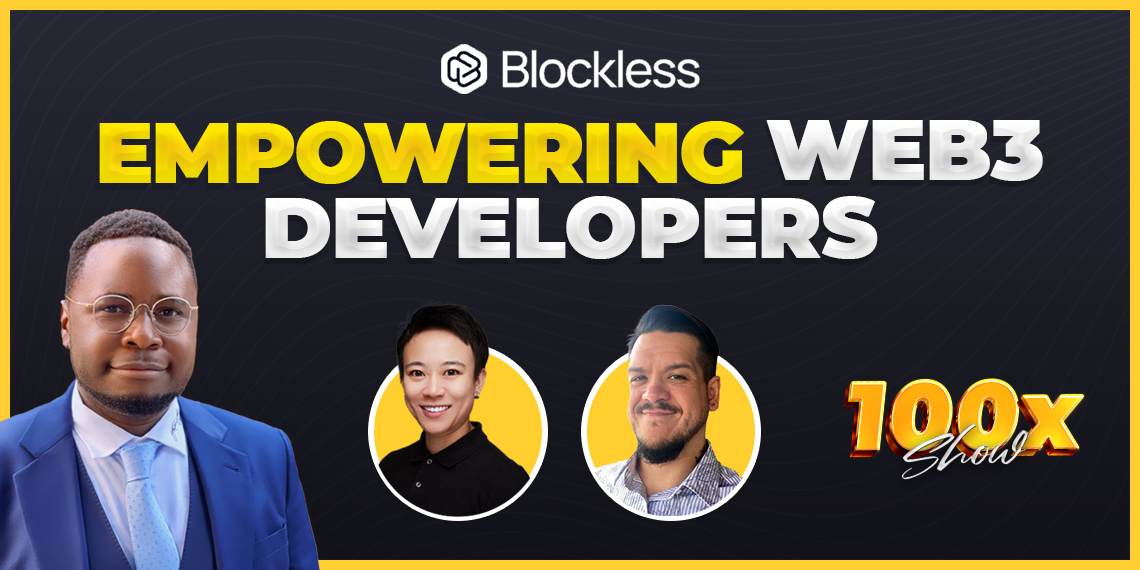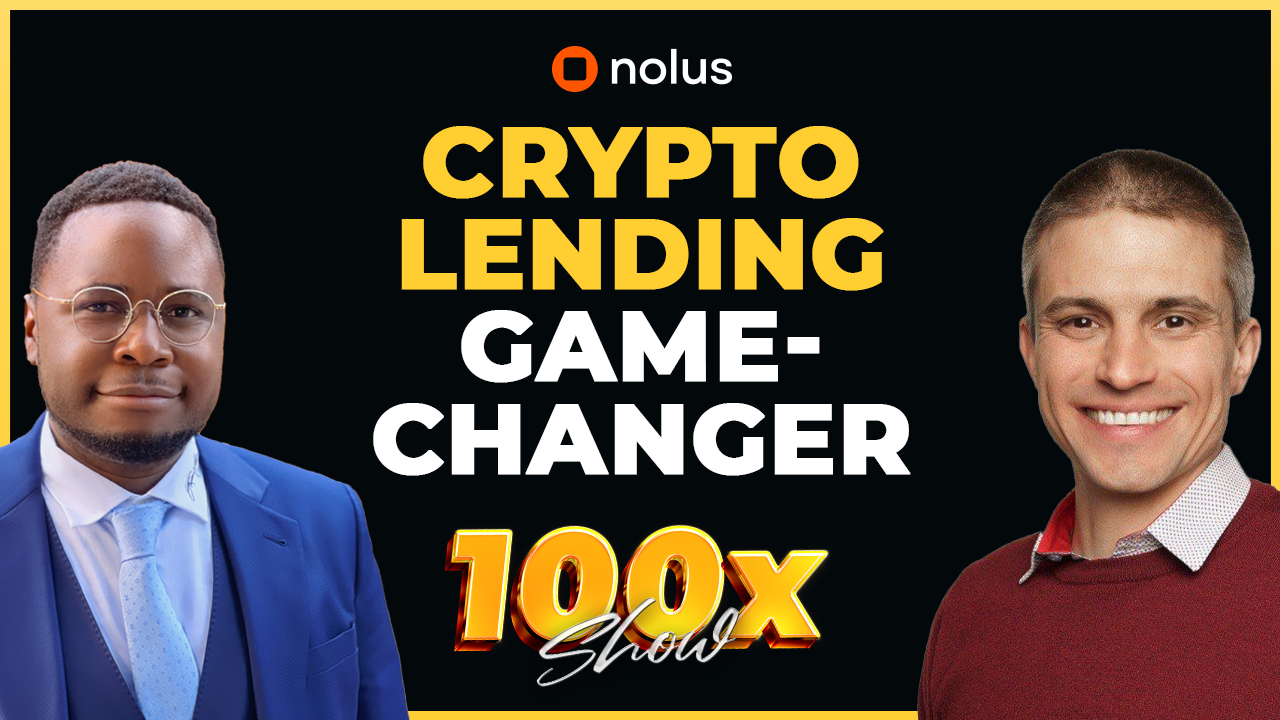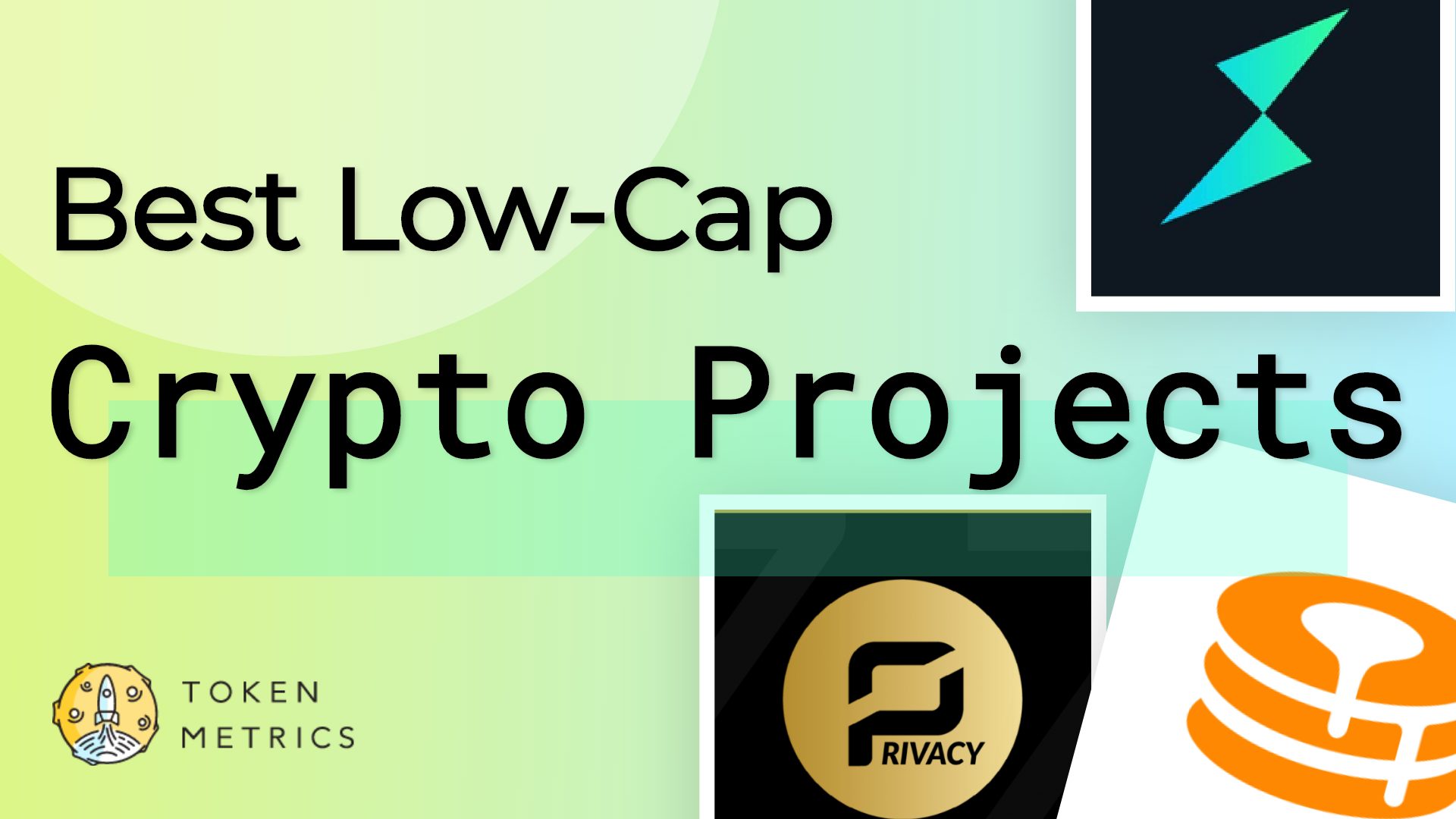Here at Token Metrics, we understand that our most valuable asset is you, our audience.
With your help, we have put together a guide to the Top 3 NFT Projects of 2021, as voted upon by you.
So sit back, relax, and enjoy the Moon Awards.
What are NFTs?
NFTs are the hottest technology in the crypto market and for a good reason. Many crypto believers and traditional investors have been left clamoring to get involved in the market. This rapid rise in popularity, though, has left many people wondering what exactly an NFT is.
NFT stands for non-fungible token, which means they are unique and irreplaceable with something else. NFTs are digital tokens that run on smart contracts via Ethereum or other blockchains. Primarily, NFTs are used to distribute assets and verify authenticity through blockchain technology, but this description is just scratching the surface of the vast applications of NFTs.
The core concept of NFTs originated in 2015 with the trading card game Spells of Genesis, but many projects did not launch until 2017. Currently, NFTs are primarily being used to sell exclusive items, like collectibles, online. Since each token is unique and irreplicable, NFTs create scarcity, making the token valuable to collectors, artists, other sellers, and investors.
NFTs are bought and sold through auctions, where payments are made through cryptocurrencies, primarily Ether (ETH).
A straightforward and rudimentary way of understanding an NFT is to think of each NFT like a piece of art, like the Mona Lisa. By being non-fungible, only one person can own the work of art at a time, like how only one person can own the original Mona Lisa. NFTs provide an easily trackable and verifiable way to prove the authenticity of digital assets.
The current bull market has created a massive boom for NFTs. In December of 2020, the total traded volume for NFTs was around $12 million, but in March of 2021, the total trading volume soared well over $500 million.
The future of NFTs includes vast applications in the rapidly growing DeFi sector where they can be used as collateral for loans or as financial contracts for insurance, stock options, or bonds.
Top 3 NFT Projects of 2021
1) Enjin (ENJ)

“The Enjin Network started as a gaming community platform founded in 2009 that’s acquired over 20M users and 250K gaming communities. I am always interested in projects with real-world use cases that migrate over to the blockchain world. The Enjin ecosystem allows game developers and businesses to use tokenized digital assets to help with acquisition, retention, engagement, and monetization” – Sam Monac, Chief Culture Officer, Token Metrics
Arriving in 1st place with 27% of the total vote is the NFT project Enjin. This result comes as no surprise as Enjin is currently the largest NFT project by market cap with a market capitalization of $2.5 billion.
Enjin was founded in 2009 to develop a gaming network and has been deeply ingrained in the gaming industry since. In 2017 the Enjin Coin (ENJ) launched, and development began for a purpose-built blockchain ecosystem for NFTs. The ICO of ENJ raised $18.9 million and fueled their future growth.
Then in 2018, Enjin announced one of the world’s first gaming multiverses, and it now has more than 40 game developers using the platform to create games. Enjin contains the Enjin Platform, Marketplace, Wallet, Beam, and many other products.
At its core, Enjin is a company that provides an ecosystem of integrated digital products that makes it easy for people to trade and monetize gaming products. By doing this, Enjin allows game developers to tokenize in-game items on Ethereum, which ENJ backs.
As a result of Enjin, the gaming industry has a new way to increase revenue, gain a competitive edge, and innovate in ways once thought impossible.
Token Metrics’ Analysis of Enjin
2) Flow (FLOW)

“Flow is a developer-friendly blockchain, designed as the foundation for a new generation of games, apps, and the digital assets that power them. Since its launch in January 2021, Flow successfully achieved product-market fit and has earned a top 100 Market cap position.” – Diego Lara, Partner, Token Metrics Ventures
Coming in a strong 2nd place is the NFT project Flow. Launched in 2020 by NFT powerhouse Dapper Labs, the Flow blockchain has its roots in CryptoKitties.
CryptoKitties was one of the first NFT projects, and the game became so popular that it brought the Ethereum blockchain to a halt in 2017 due to massive congestion. As a result, CryptoKitties developer Dapper Labs learned that the blockchain technology available wasn’t built to handle significant demand.
Thus, Dapper Labs created Flow. Dapper Labs took the issue into their own hands and built a blockchain network that developers could rely on. Flow is a layer-one blockchain designed to be quick and developer-friendly with the end goal of serving as the foundation for a new generation of games, apps, and digital assets.
One of the most significant features of Flow is the network’s ability to scale extensively, but Flow is unique in that it does so without sharding. This unique feature allows Flow to provide fast and low-cost transactions perfect for decentralized apps like NFT marketplaces and crypto-infused video games.
Dapper Labs is currently using Flow for all of its projects, including the wildly popular NBA Topshot, but the network is open to other developers as well.
Token Metrics’ Analysis of Flow
3) Rarible (RARI)

“Rarible has the potential to sneak up on everybody. The token has been consolidating, and it can suddenly catch up.” – William Noble, Chief Technical Analyst, Token Metrics
Arriving in a distant 3rd place is the NFT project Rarible. Founded in January of 2020, Rarible has become one of the most recognizable names in the NFT space. The platform allows any individual to create and sell digital assets to anyone interested.
Rarible is an NFT marketplace for creating and trading rare collectibles through blockchain technology. The platform supports a wide variety of digital assets, including art, memes, music, domain names, and even DeFi insurance policies.
The core mission of Rarible is to be a creator-centric platform where any user can easily create NFTs and use the marketplace via Ethereum. What brought the most attention to Rarible was the launch of its own governance token RARI. Governance tokens are predominantly used in the DeFi space, and the RARI token pushes Rarible closer to its goal of becoming an entirely decentralized autonomous organization (DAO).
Rarible is also demonstrating unique use cases that integrate NFTs with DeFi in ways previously thought not possible. One of these use cases comes from Rarible’s partnership with Yearn Finance and Nexus Mutual that began in September of 2020. Essentially the partnership allows for insurance coverage of NFTs in case of unforeseen issues.
Token Metrics’ Analysis of Rarible
Honorable Mention: Decentraland (MANA)

“Decentraland’s virtual world is miles ahead of any competition with plenty of development and a functional decentralized economy based on the MANA token. Decentraland is a prime candidate for the network effect. Every new player that joins adds value that will ultimately attract advertisers and content creators to the game.” – Forrest Przbysz, Head of Research, Token Metrics
After being narrowly edged out by Rarible, Decentraland is more than earned its spot as an honorable mention on our list of best NFT projects. First launched with an ICO that raised $24 million in 2017, Decentraland opened to the public in February of 2020.
Decentraland is a decentralized virtual reality world powered by the Ethereum blockchain. Through Decentraland and the Ethereum network, users can create and monetize content and applications. In Decentraland, users can purchase plots of virtual land, create customized avatars, participate in governance, and trade rare digital collectibles.
To participate in Decentraland, users will need both fungible tokens and NFTs. Users must then connect their wallet through a web browser extension like MetaMask to set up their avatar, which receives a virtual passport representing their avatar’s identity.
Decentraland then uses its native MANA token to conduct in-game transactions. MANA can be purchased on many cryptocurrency exchanges and is used for land, other in-game assets, and governance decisions since Decentraland is a decentralized autonomous organization. The LAND token represents the land in Decentraland, and to acquire LAND, users must burn MANA.
The entirety of Decentraland is divided into 90,601 individual parcels of LAND, with each lot of LAND representing 100 square meters.
Since its launch, Decentraland users have created a wide range of experiences on their parcels of LAND, including interactive games, sprawling 3D scenes, and various other interactive experiences.
Token Metrics’ Analysis of Decentraland
Not yet a member of Token Metrics?
Start your 7-Day trial today by following this link!





